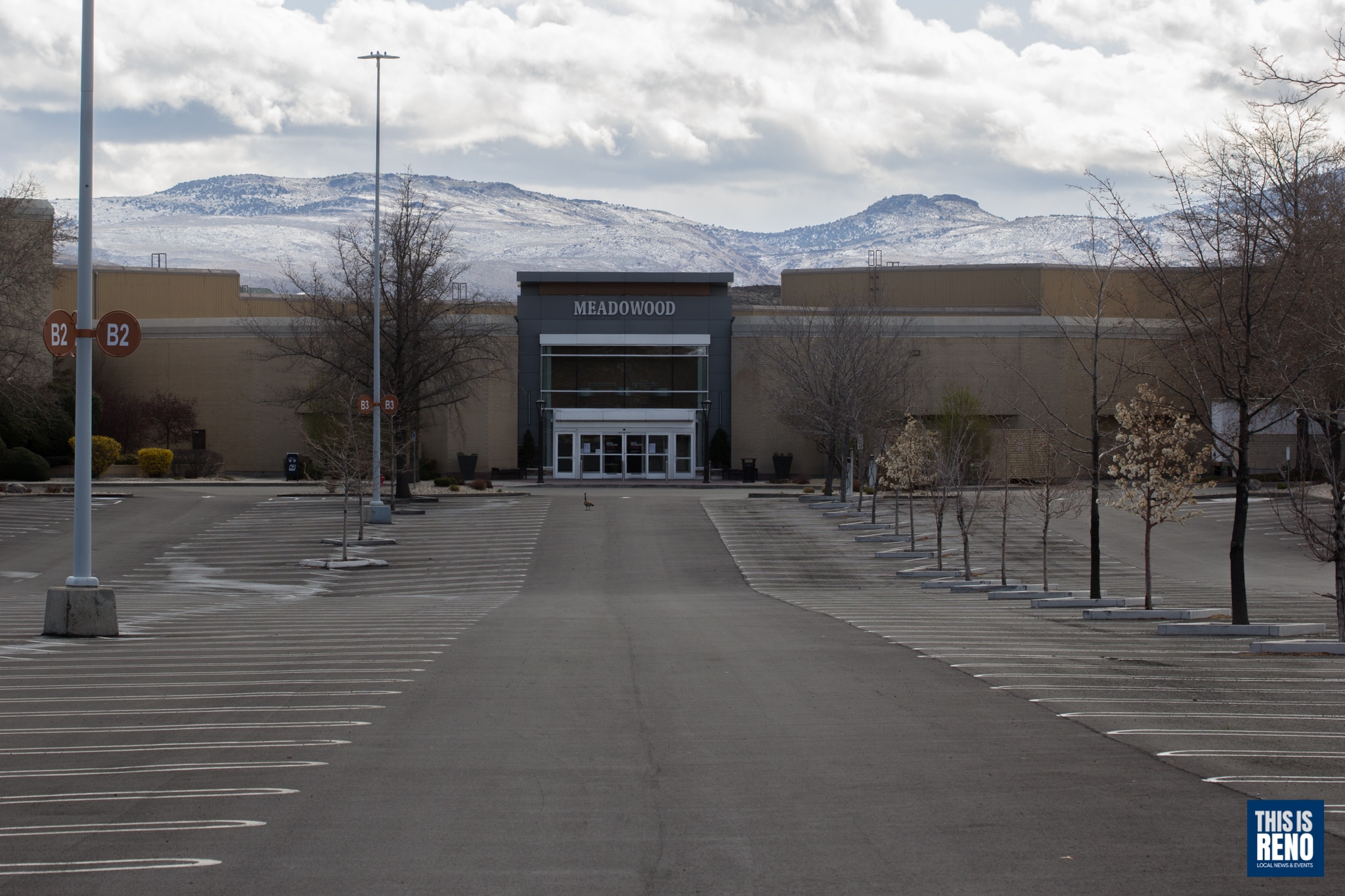Consumers in Washoe County appear to have slowed their spending again in the past couple of weeks, sprinkling cold water on the recovery that began building in mid-May.
On June 17, consumer spending in Washoe County was running 26.5 percent below its levels in January, found Opportunity Insights, a Harvard-based research group.
At the start of June, by comparison, the cash that had been burning a hole in the pockets of consumers fueled a sales boom that was actually 11.5 percent higher than January. But sales softened a lot in the next few days, the researchers said.
Opportunity Insight crunches big data from credit-card companies and payroll companies, with personal information stripped out, to generate its nearly real-time analysis of economic performance. While the researchers didn’t cite a reason for the weaker sales in the Reno area in mid-June, the softness corresponds with a rise of newly reported COVID-19 cases in the county.
The researchers noted that consumers first began cutting their spending dramatically at the start of March, three weeks before Gov. Steve Sisolak ordered the closure of non-essential businesses.
Even though consumers’ spending remains cool, the researchers found that Washoe County residents are spending more time away from home these days. As of June 14, the time county residents spent away from home was 4.1 percent less than January. That compares with a decline of more than 28 percent on April 5, the day that set the hunker-down record in Washoe County.
None of this is good news for small businesses.
Opportunity Insight says small business revenues in Washoe County currently are running about 34 percent below January’s figures, and about 20 percent fewer small businesses are open these days. (At the dark days at end of March, small business revenues in the county had fallen by more than 50 percent, and 40 percent of small businesses were closed.)
Low-income workers are carrying much of the burden of the COVID-19 slowdown, the analysts said.
In Washoe County, employment in low-income jobs is running more than 32 percent below its January levels, and the earnings of low-income workers is down by more than 26 percent.
Not surprisingly, hotels and restaurants lost 36 percent of their low-income jobs since the arrival of COVID-19. Retail businesses lost about a third.
But some of those jobs are beginning to come back. In mid-May, 40 percent of the low-income jobs in Washoe County had been lost — 8 percentage points higher than the most recent count.
A side note: Although the analysts didn’t run county-by-county figures on the phenomenon, they said the big cutbacks in spending in March were most common in high-income neighborhoods. Low-income families, who spend most of their money on necessities, simply didn’t have room for cuts.

